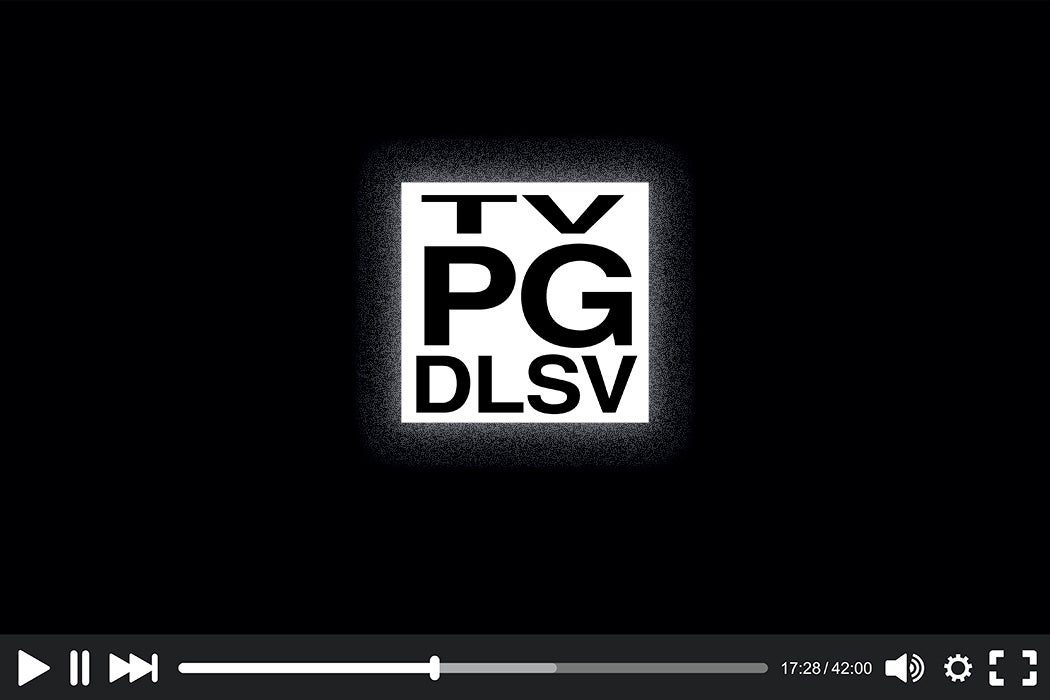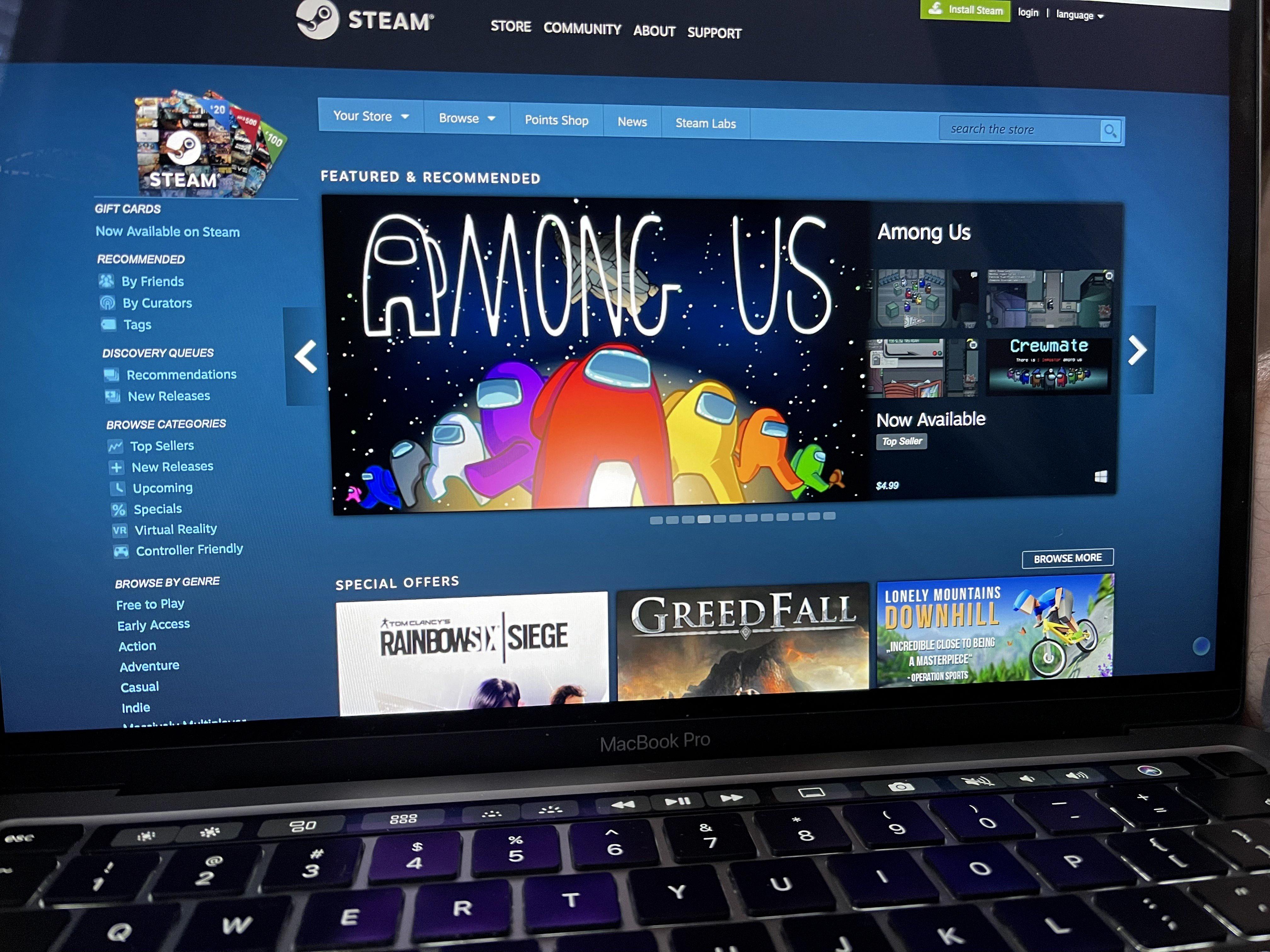When it comes to TV ratings, one of the most commonly used is TV Parental Guidelines. This rating system was created to help parents make informed decisions about what their children watch on television. One of the ratings used in this system is TV-14, which stands for content that is not suitable for children under 14 years of age.
TV-14-rated programs contain material that many parents would find unsuitable for young viewers. This can include intensely suggestive dialogue (D), strong coarse language (L), intense sexual situations (S), and intense violence (V). It’s important to note that a single use of a particularly strong curse word, such as the F-bomb, is not allowed at this rating.
In contrast, programs rated TV-Y7 are most appropriate for children aged 7 and up. These shows are designed to be fun and entertaining for young viewers, without containing any material that may be deemed inappropriate for their age group. Similarly, TV-G-rated programs are suitable for all ages and not necessarily designed solely for children.
It’s important to note that some programs may receive additional ratings, such as TV-Y7-FV. This rating is used for programming with fantasy violence that may be more intense or more combative than another programming in the TV-Y7 category. This helps parents make even more informed decisions about what their children are watching.
The TV Parental Guidelines are a valuable tool for parents to use when deciding what their children can watch on television. By making informed decisions based on these ratings, parents can help ensure that their children are only exposed to material that is appropriate for their age and maturity level.

What Does DLSV Mean in Television?
DLSV is a rating that stands for “intensely suggestive dialogue” (D), “strong coarse language” (L), “intense sexual situations” (S), and “intense violence” (V) in TV programs. This rating is used to inform parents that the content of the program may not be suitable for children under 14 years old due to the presence of these elements. The rating system is designed to help parents make informed decisions about what their children watch on TV.
What Does the ‘D’ in DLSV Stand For?
The D in DLSV stands for “suggestive dialogue.” This means that a TV show or program with a D rating may contain discussions or references to sexual topics or other adult themes that may not be suitable for children. The purpose of this rating is to help parents make informed decisions about what their children watch on TV by providing them with information about the content of the program. It is important to note that the D rating is just one of several possible ratings that may be applied to a TV program, depending on the content.
Comparing TV Y7 and G Ratings
TV-Y7 and TV-G are not the same. TV-Y7 is a rating category for programs that are most appropriate for children aged 7 and up. These programs may contain mild fantasy violence, but it is not as intense or combative as programming in the TV-Y7-FV category. On the other hand, TV-G is a rating category for programs suitable for all ages. These programs are not necessarily children’s shows, but they are free from any content that could be considered inappropriate for any age group. So, while both TV-Y7 and TV-G are family-friendly ratings, they have different guidelines for the type of content they allow.
Conclusion
DLV ratings are an important tool for parents to use when deciding what television shows are appropriate for their children to watch. These ratings indicate whether a program contains suggestive dialogue (D), strong coarse language (L), intense sexual situations (S), and intense violence (V). TV Parental Guidelines may also include additional letters to indicate when a show may contain violence, sex, adult language, or suggestive dialogue. By using these ratings, parents can make informed decisions about what their children are exposed to on television. It is important to note that while TV-14 programs may contain intense content, the use of excessive foul language (such as multiple F-bombs) is not allowed at this rating. DLV ratings provide valuable information to help parents make informed choices about what their children watch on television.








